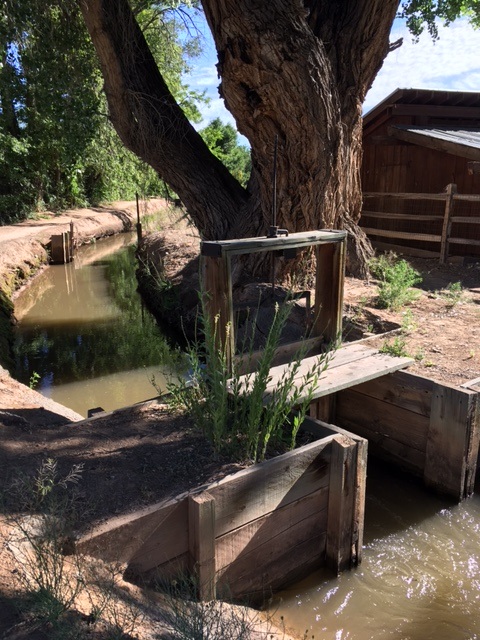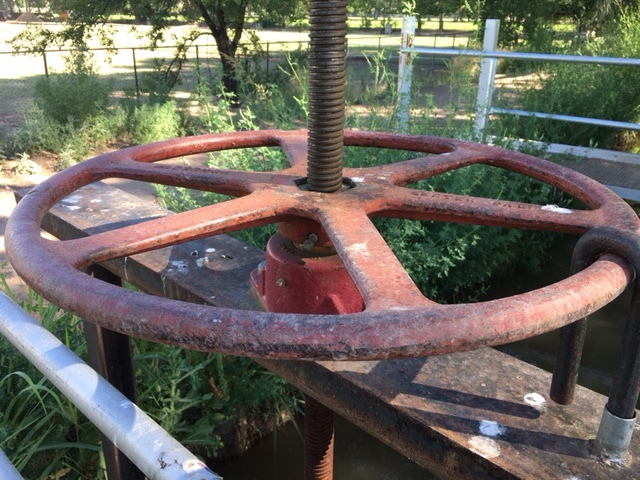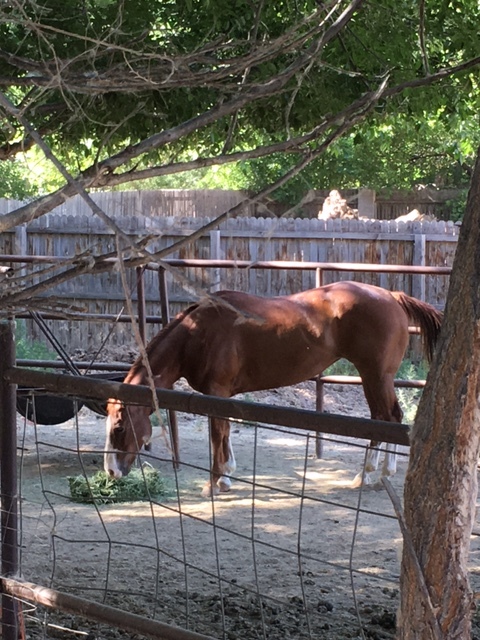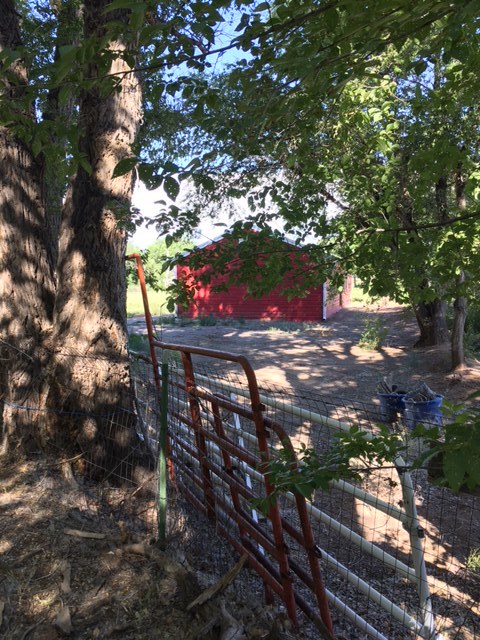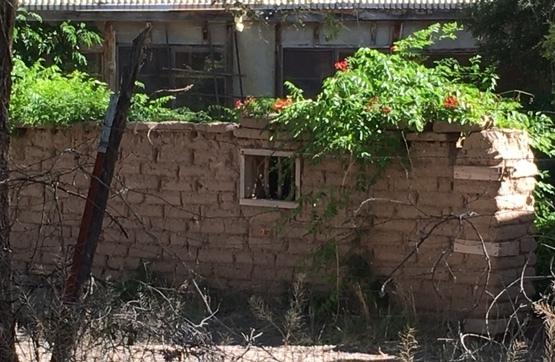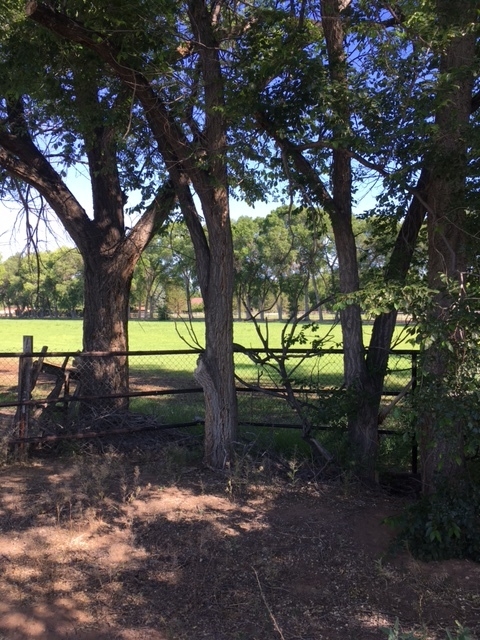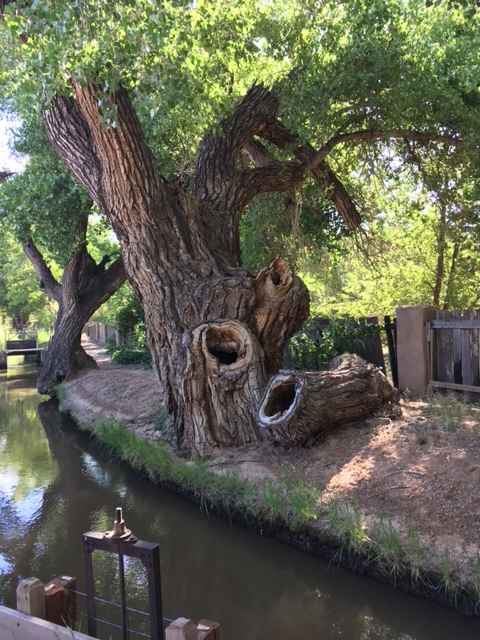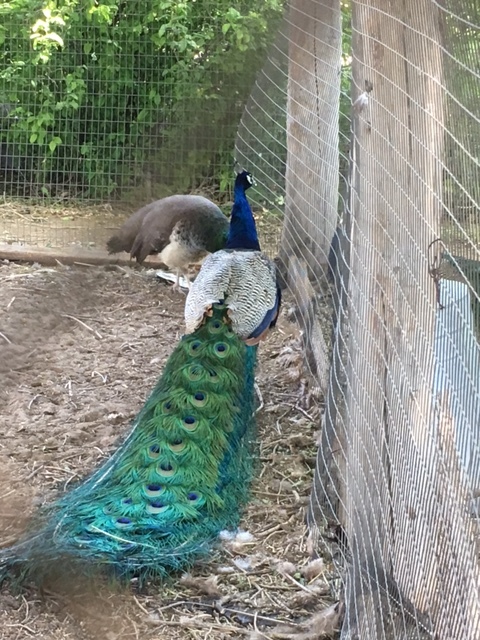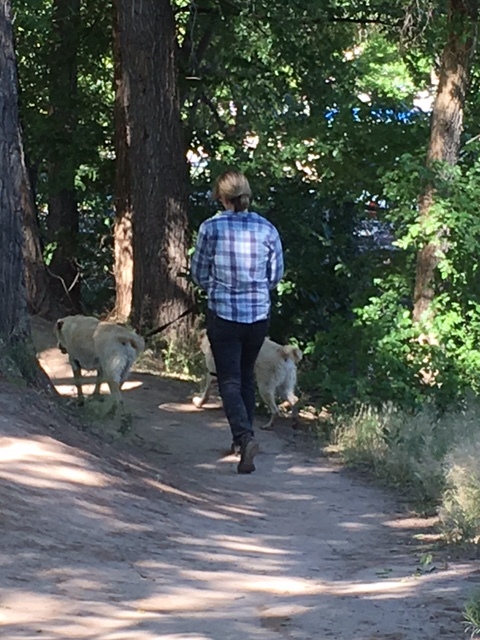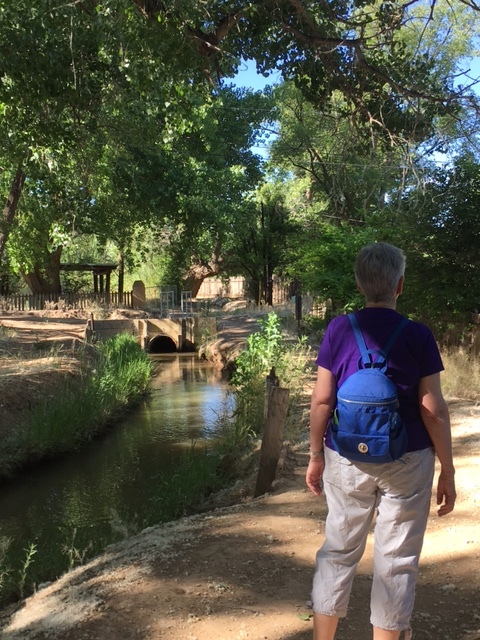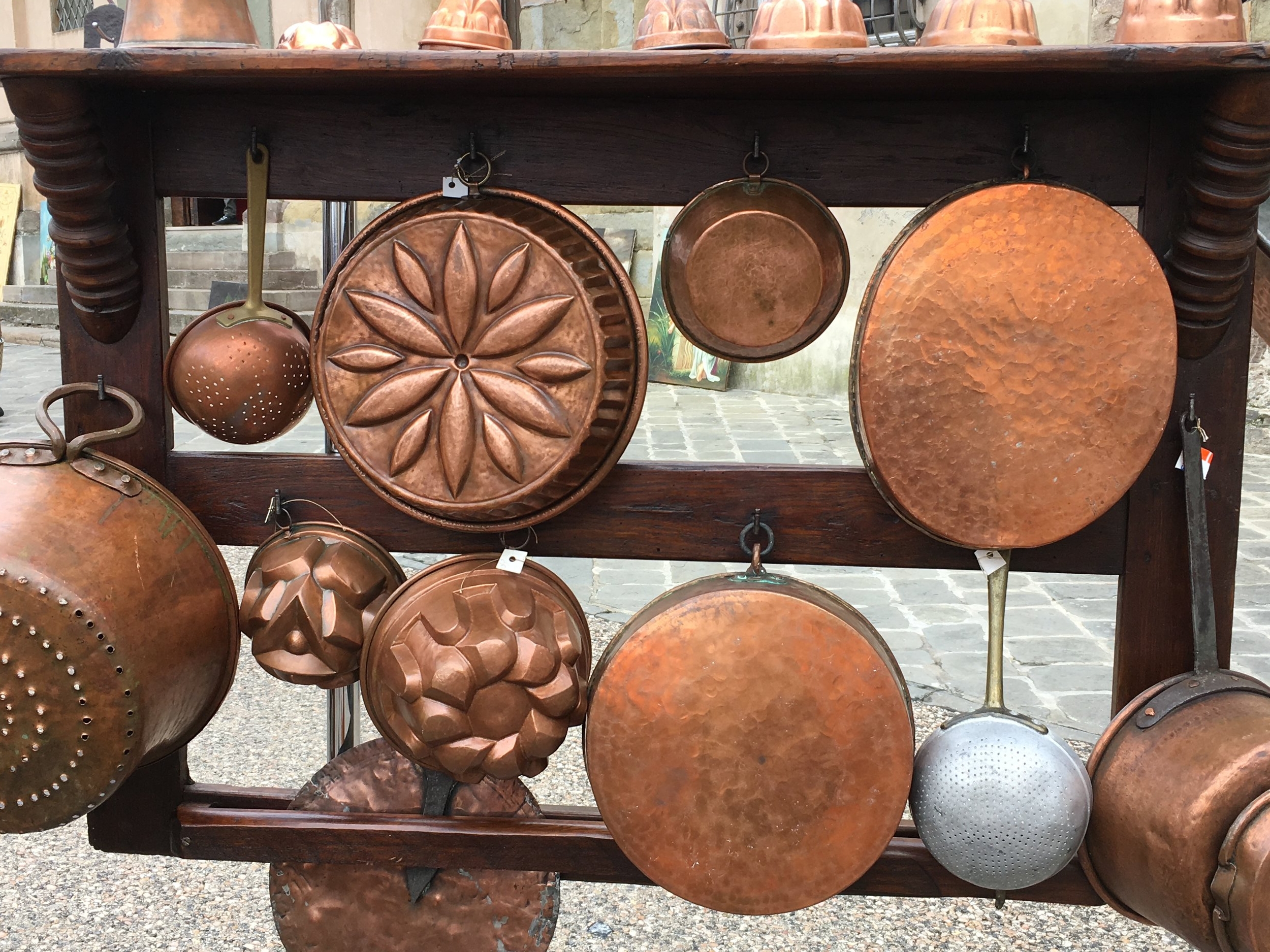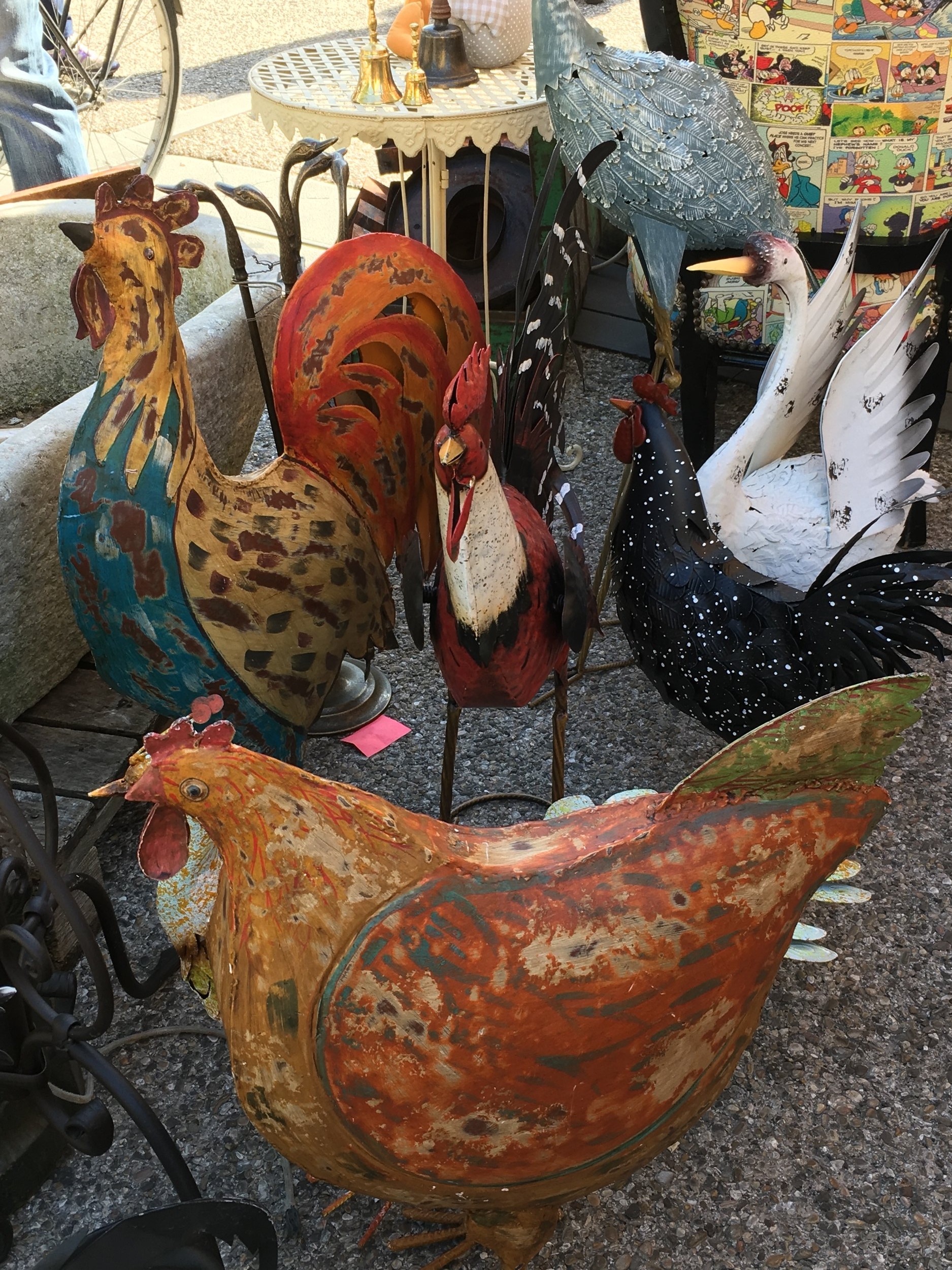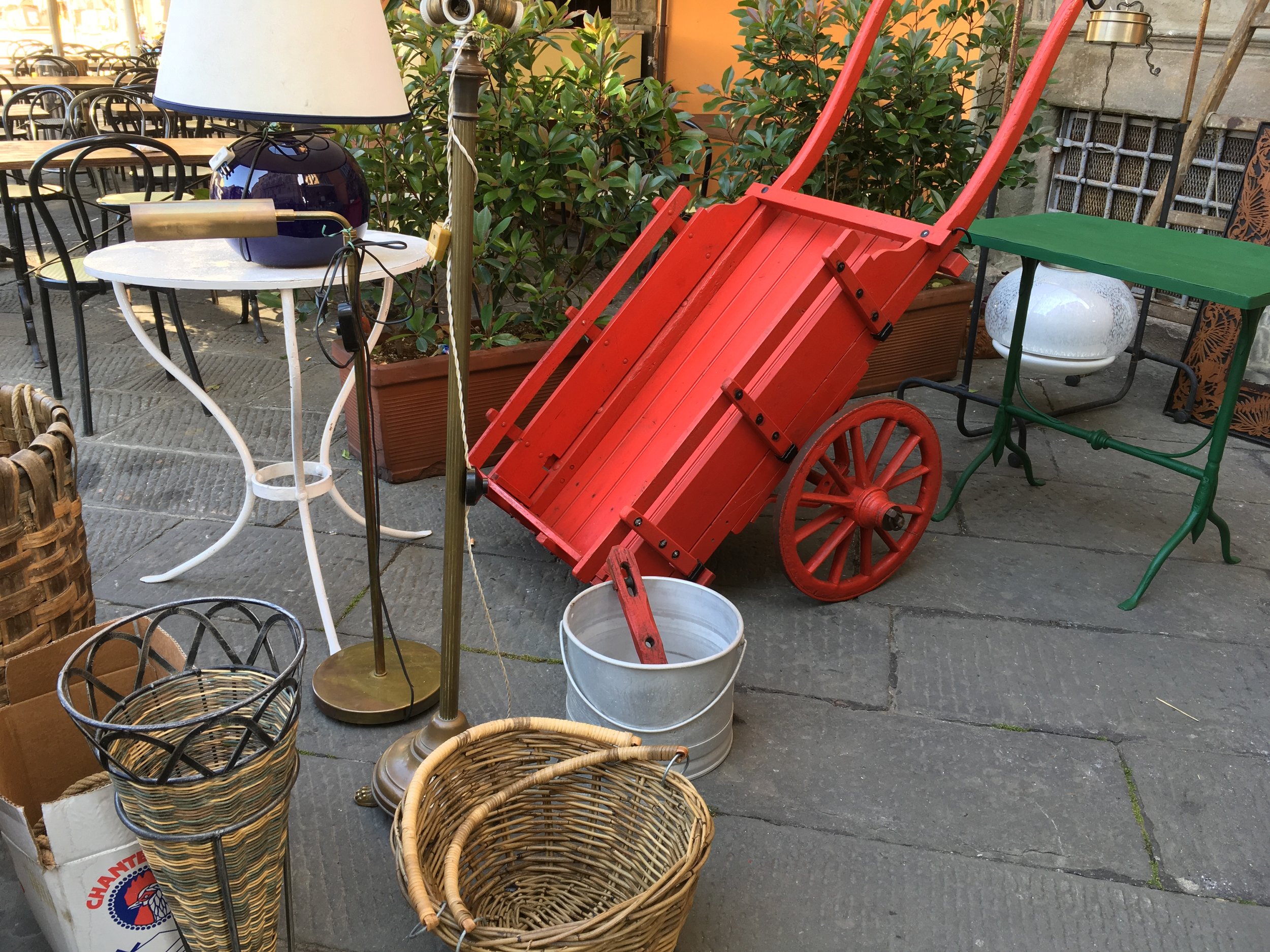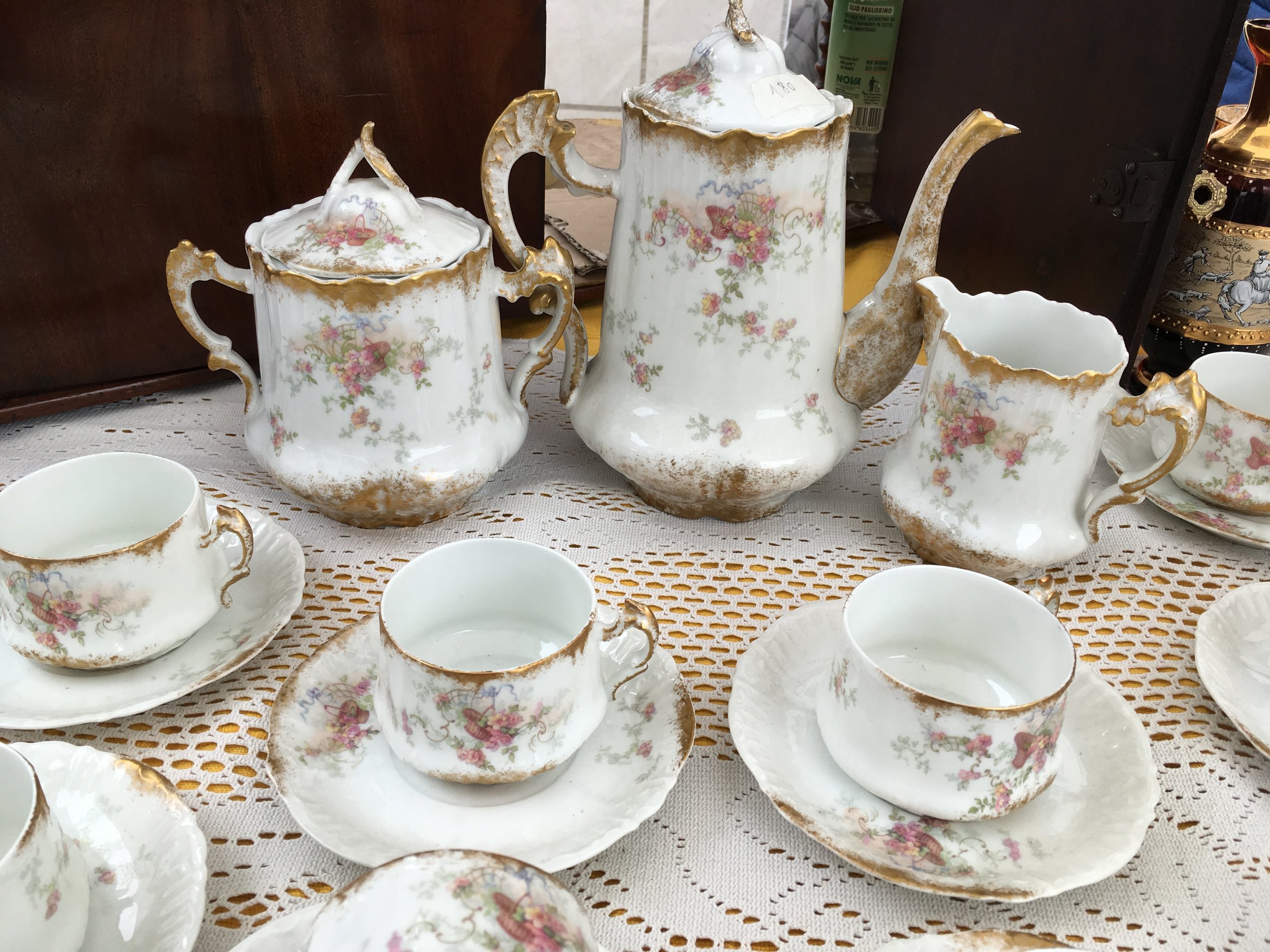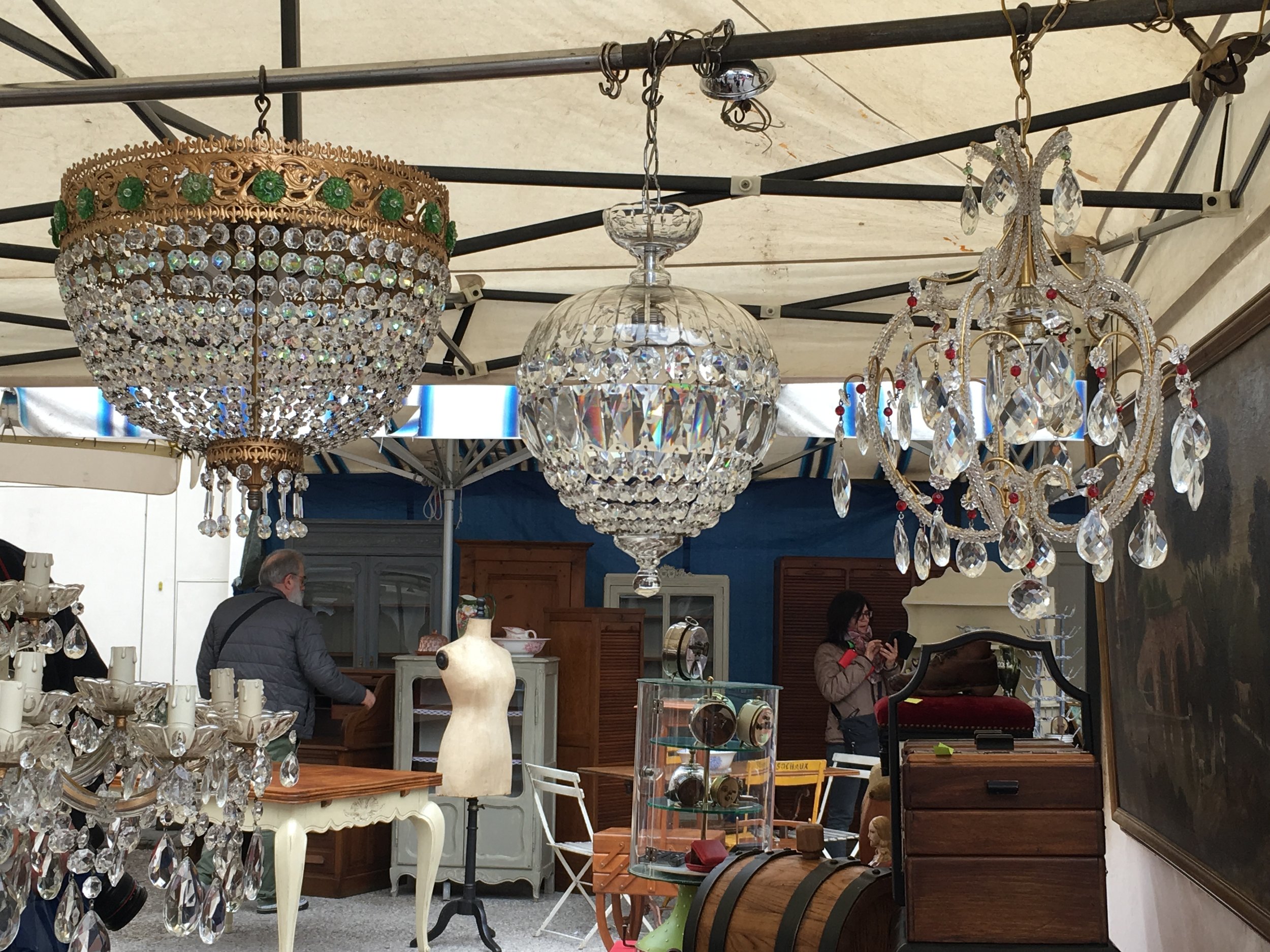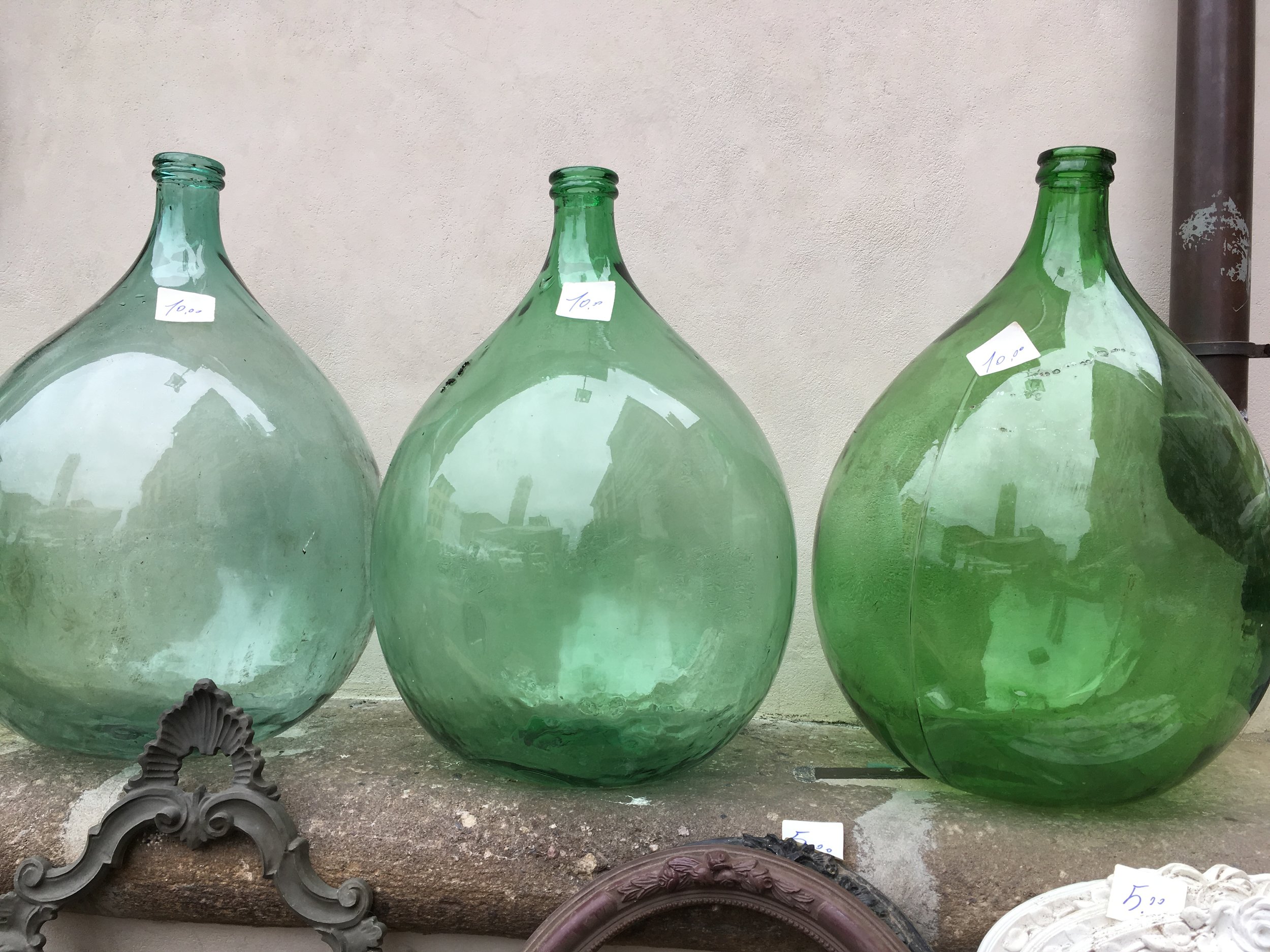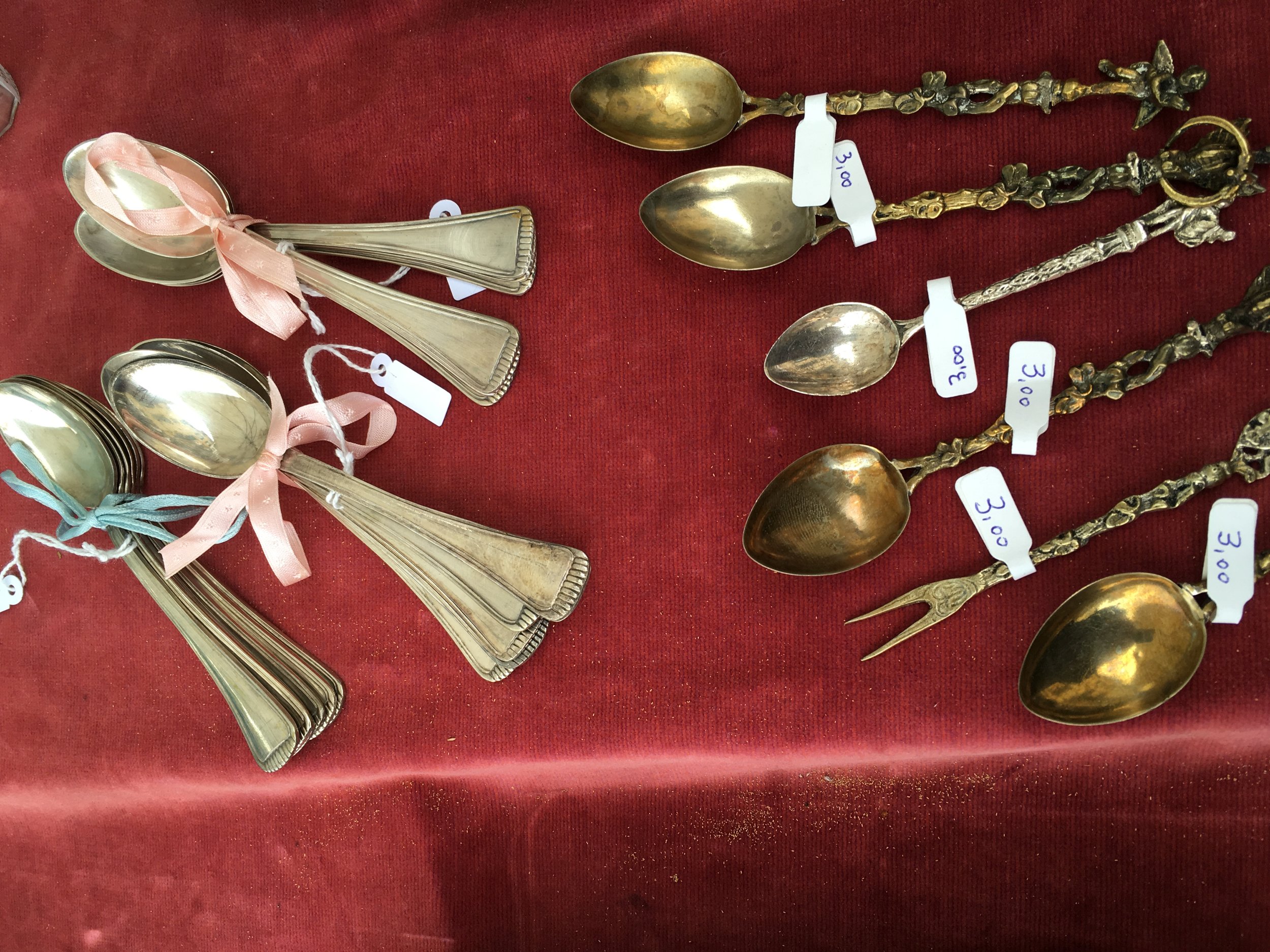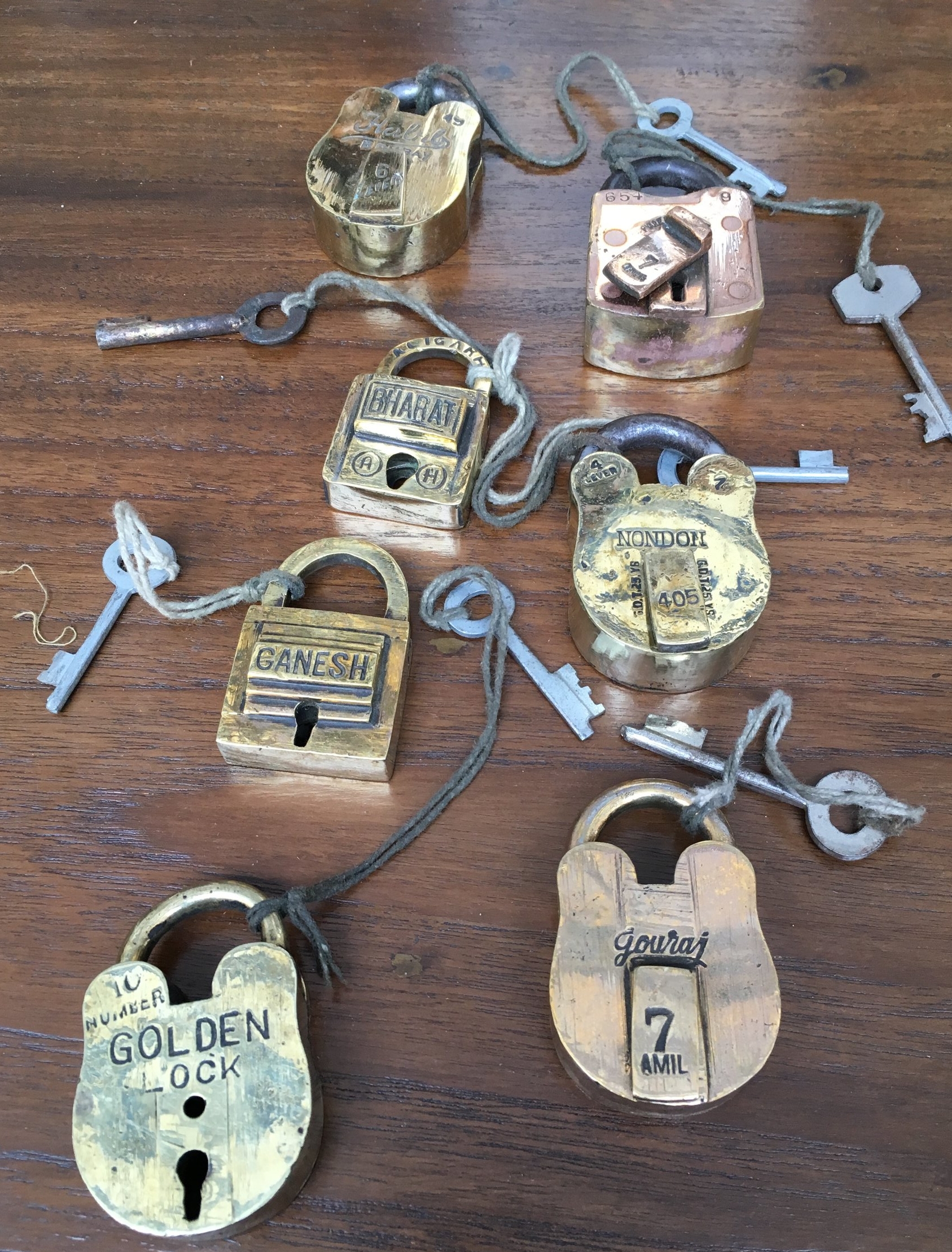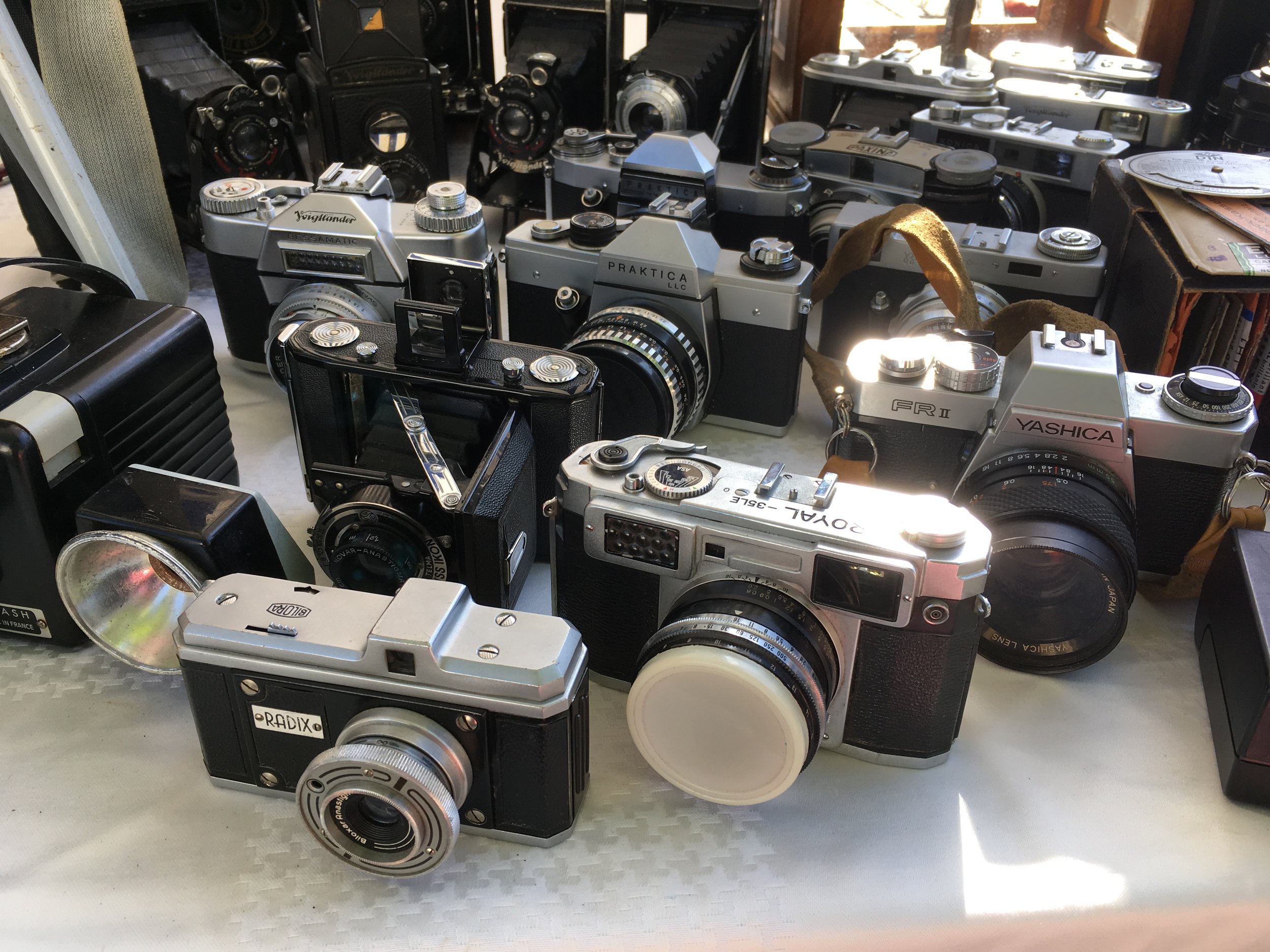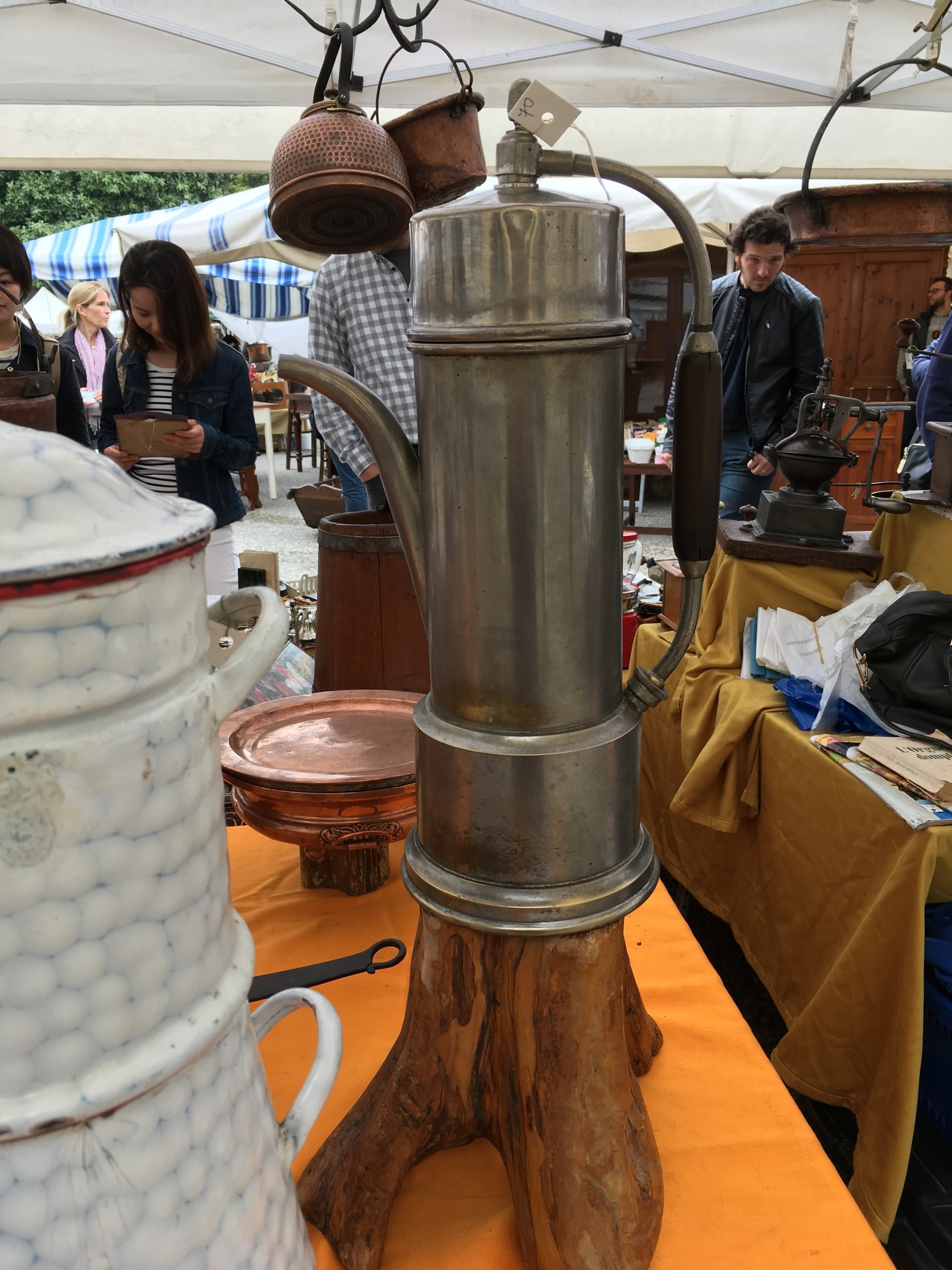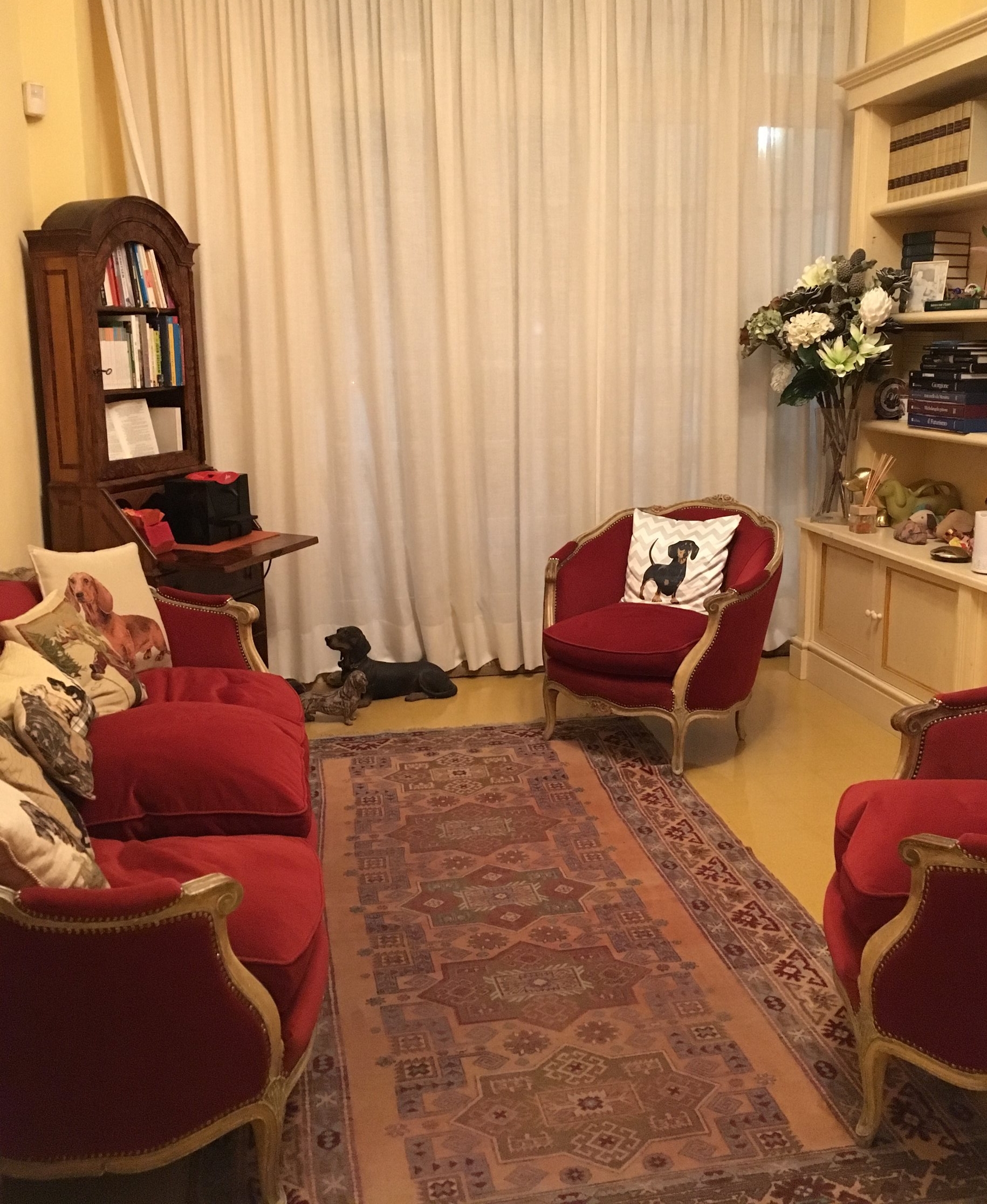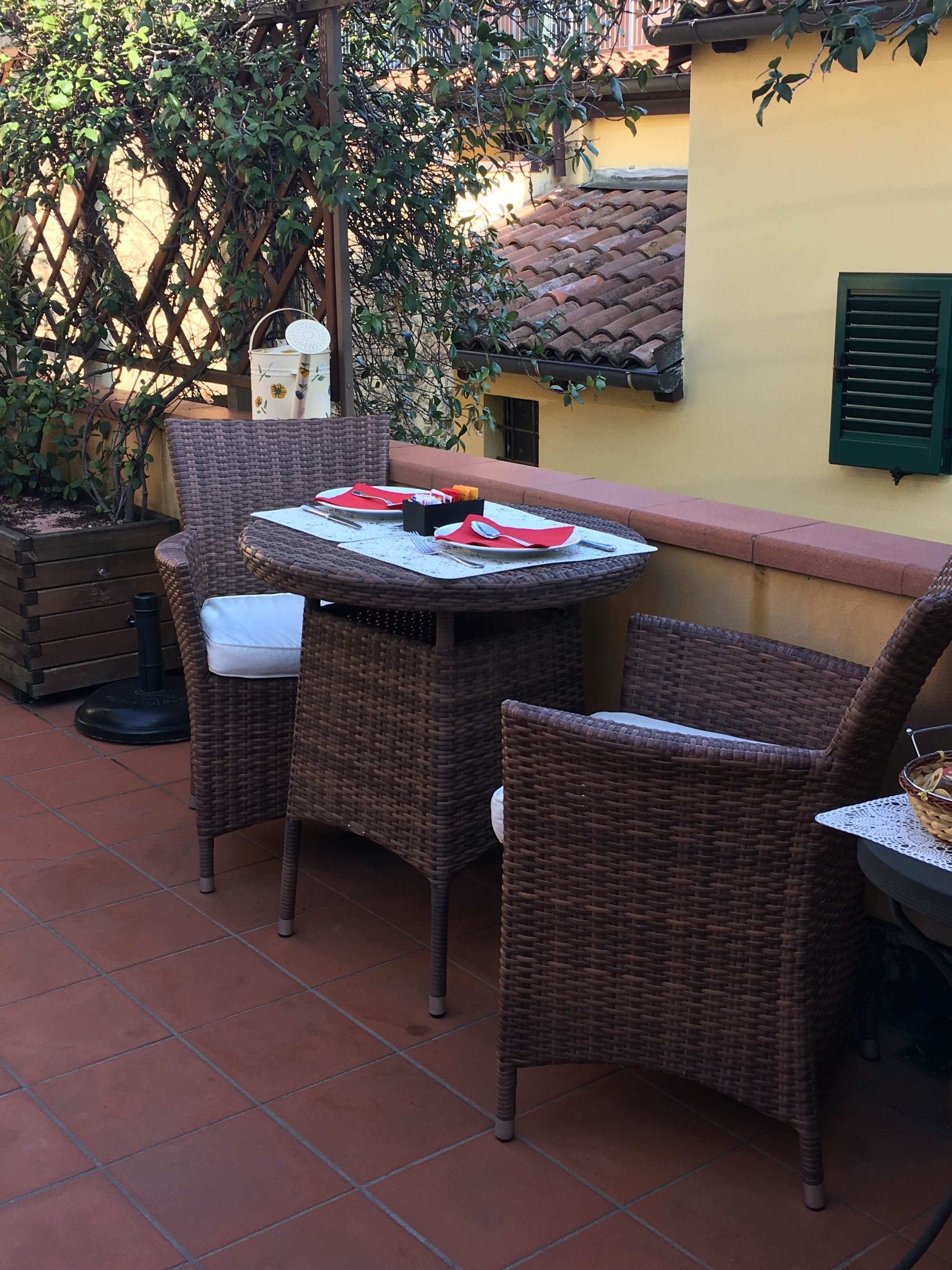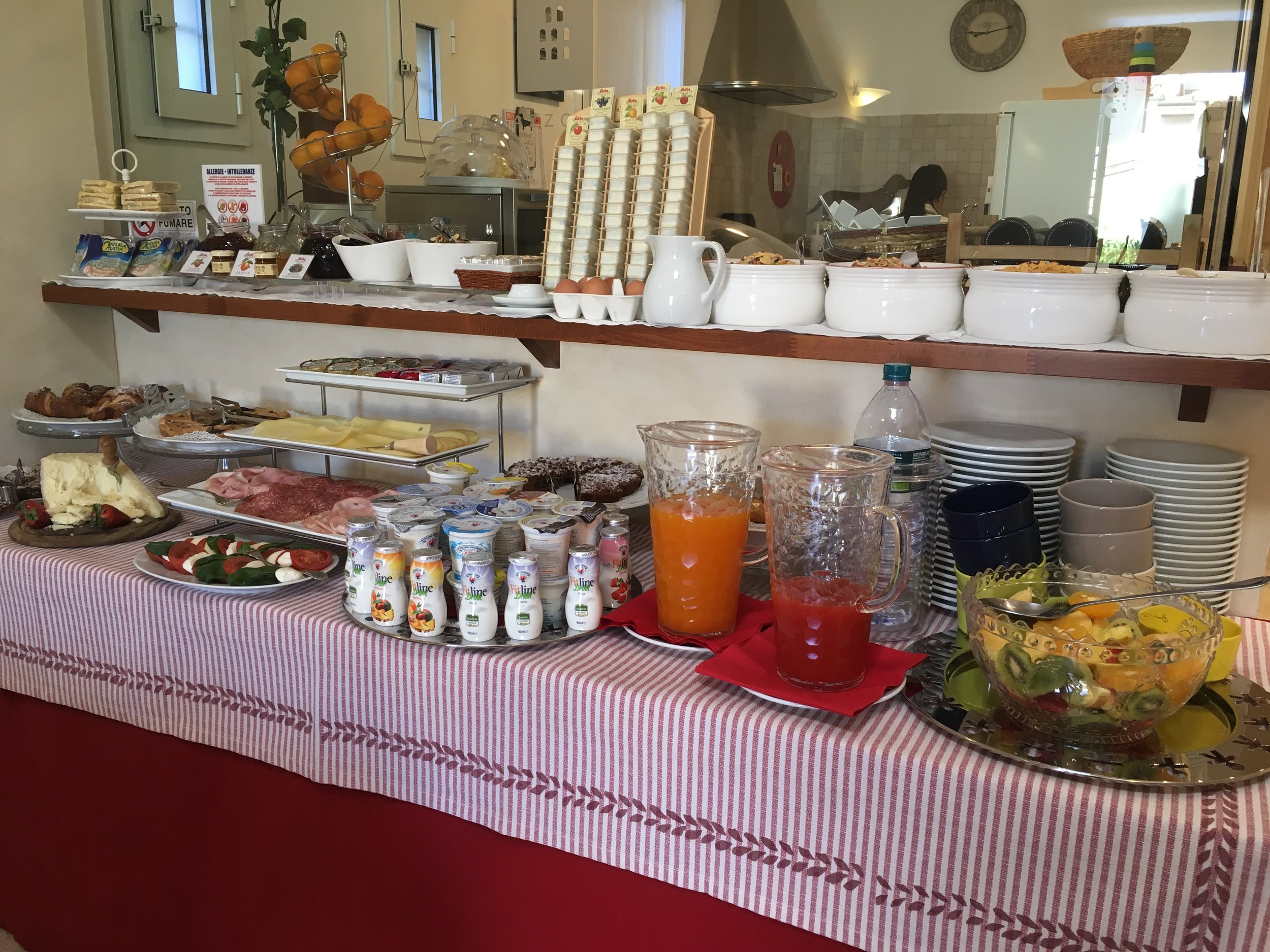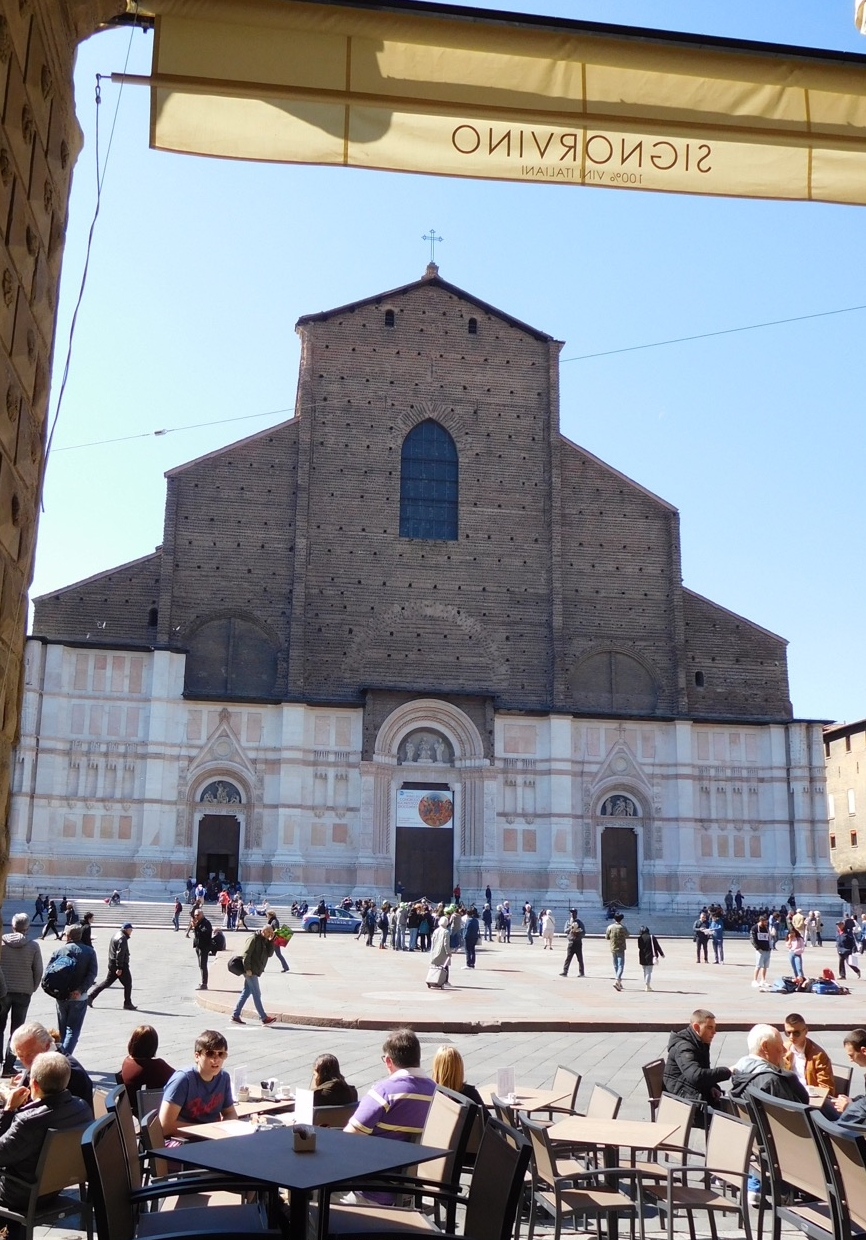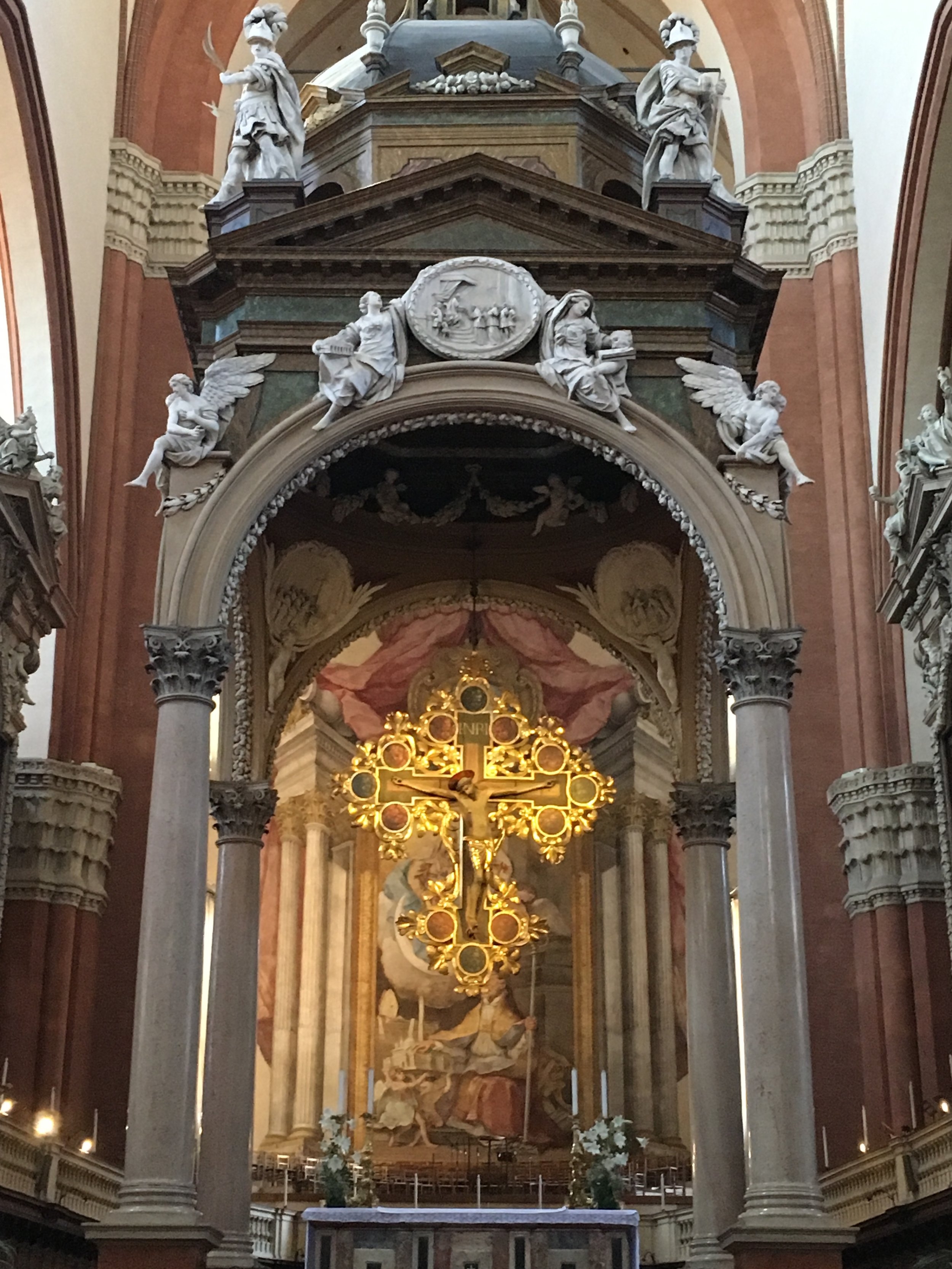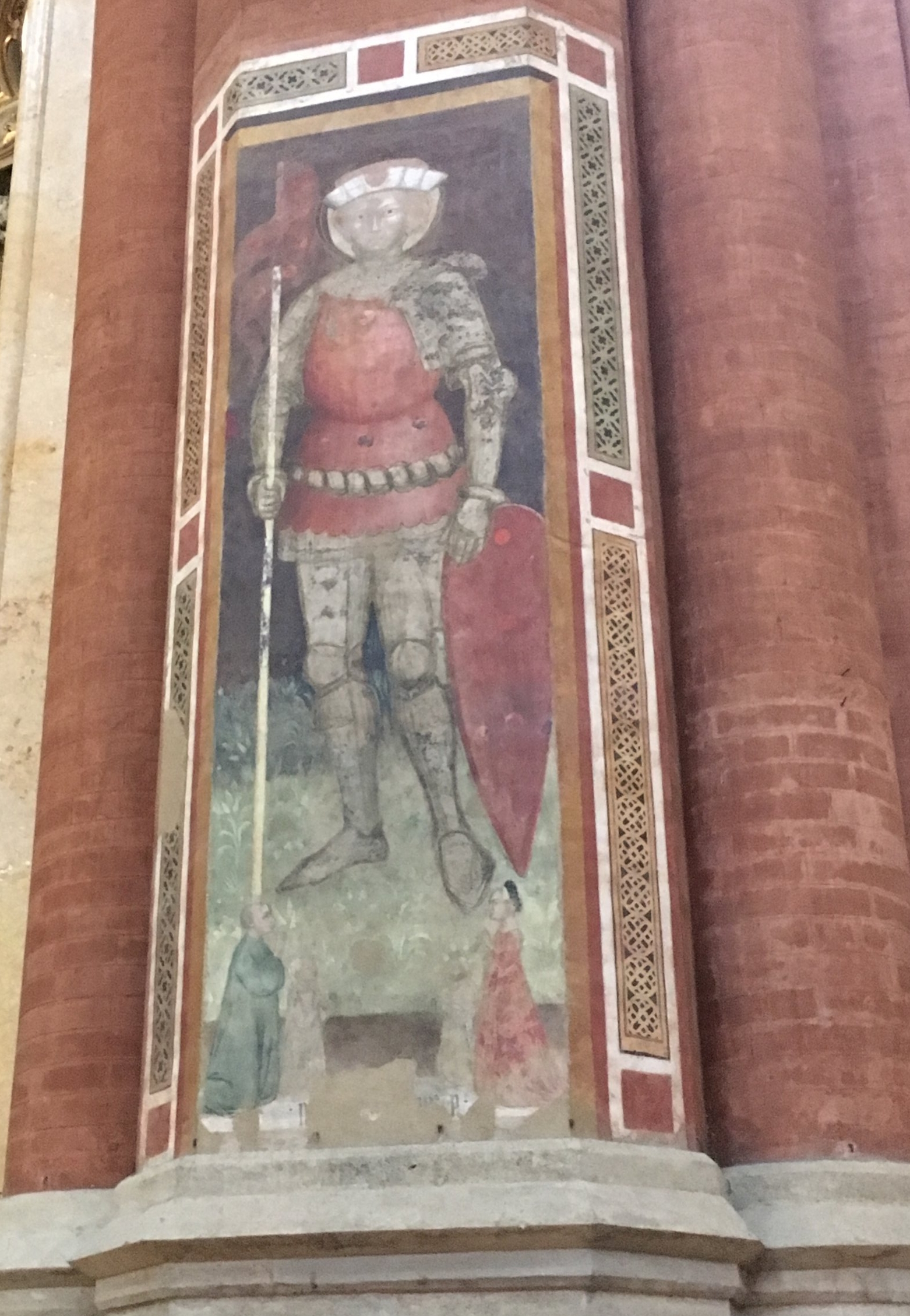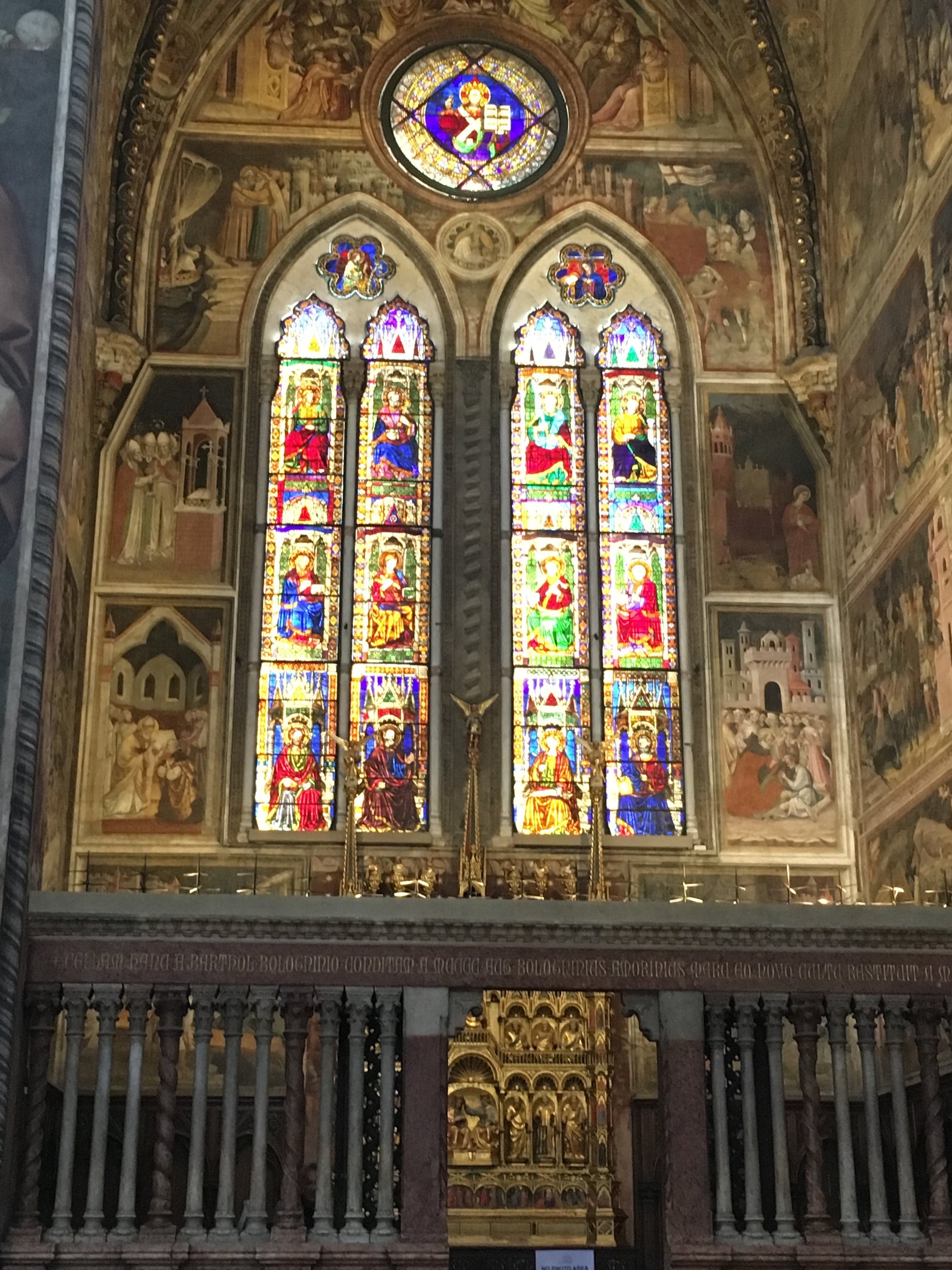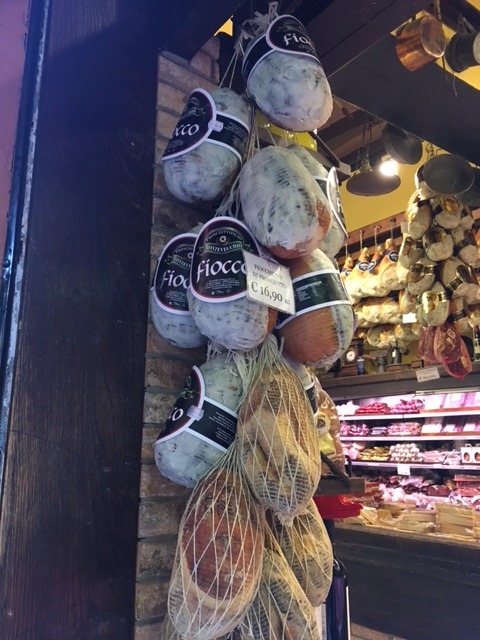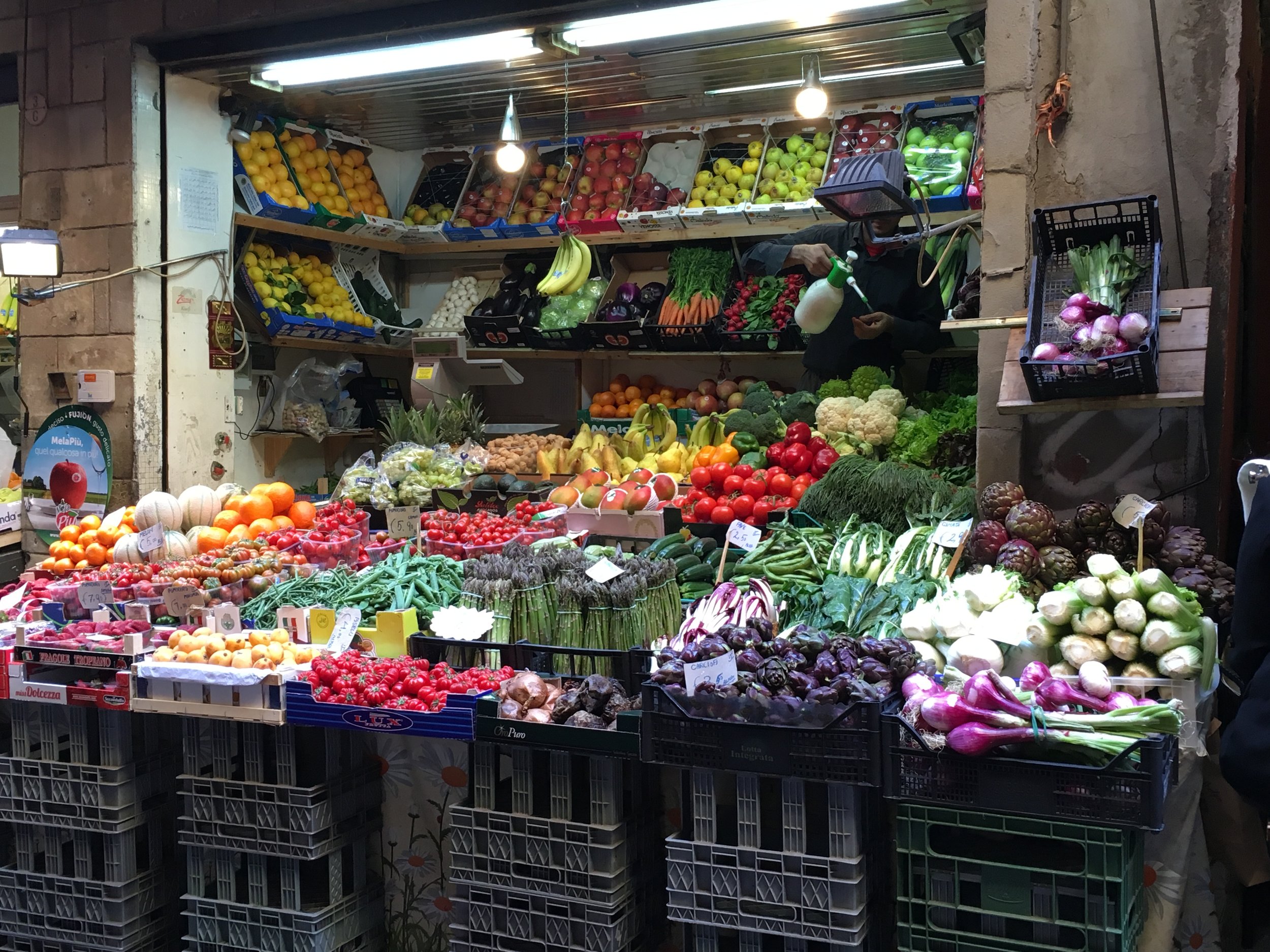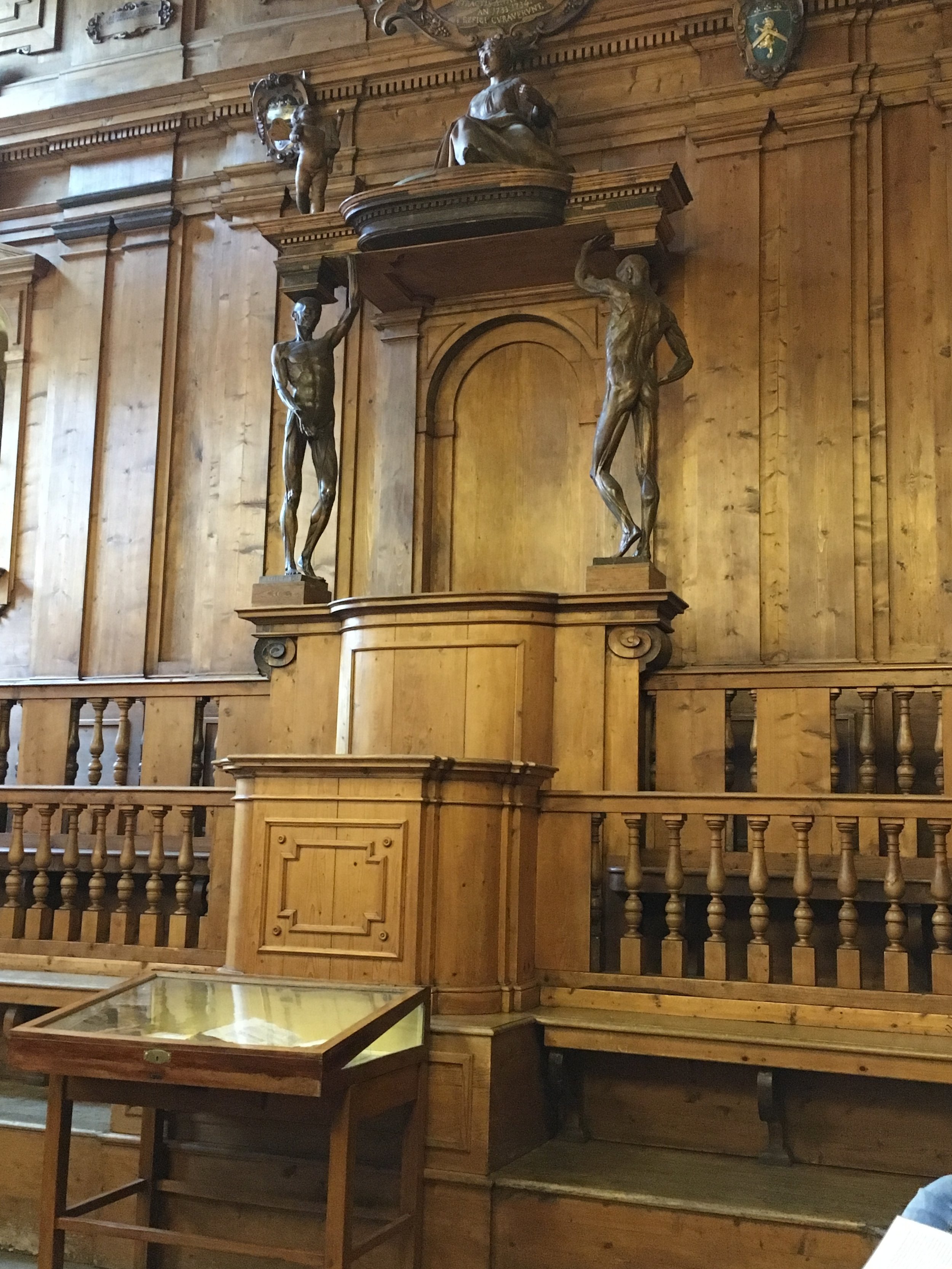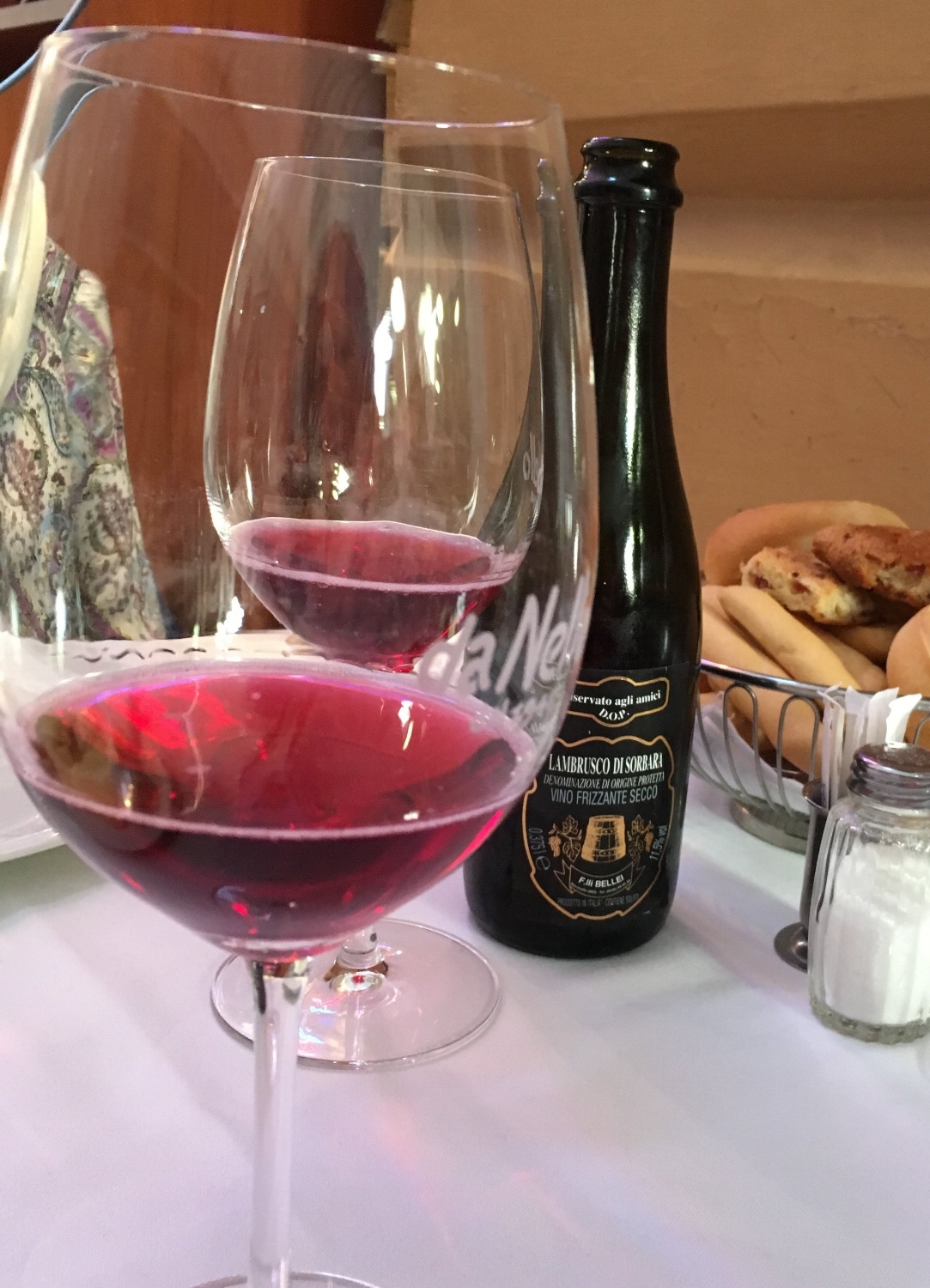When You Can't Go for a Walk in Lucca .....
The view from one of my favorite places to walk - on the wall in Lucca, Italy.
There is much to love about everyday life in a small town in Italy. One of the things I appreciate is the chance to have a car-free lifestyle. I enjoy walking to accomplish daily tasks, like grocery shopping. Walking is also a way to enjoy the beautiful vistas, charming streets, interesting architecture, shops, and gardens. As an added bonus I even find that I get enough walking in while I’m in Italy to balance out the added calories that come with my increased consumption of pasta, bread, and wine. One of my goals in Lucca this past spring was to increase how much I walk every day – to get at least 10,000 steps. I’m happy to say that I was able to do this, in large part because the wall surrounding Lucca provides the perfect 2.5-mile walking path. When walking on the wall there are people to watch, friends to meet, children playing, and wonderful views of houses, gardens, terraces, churches and the distant mountains. Walking in Lucca never feels like an exercise chore – it's a pleasure.
But something happens when I'm not in Lucca. At home in New Mexico I bemoan the lack of charming and nearby places to walk. Somehow the treadmill at the gym just doesn’t compare. Even the parks seem inadequate. And having to drive somewhere just to walk seems so, well, not Italian. Inevitably I fall short of my goals.
Determined to find a new and interesting place to walk near home, I recently discovered the joys of walking along the acequias of Albuquerque’s north valley.
Acequia is a Spanish word for an irrigation ditch. These ditches carry water past gates that control the flow of water (a precious resource here in the arid southwestern United States). The acequia gates are not just useful - they are also fascinating. Some are wooden, some metal, all are controlled with simple wheels and levers. The old designs still work well. Landowners with water rights can divert water from the acequia onto their fields. The rights to use this water are highly prized. Don’t forget this is the west and they don’t take kindly to water rustlers!
Now, on first thought an irrigation ditch may not sound charming but picture this – a winding path shaded by century-old cottonwood trees along small canals filled with gently flowing water. The path curves and meanders past horse pastures, barns, and adobe walls brimming with vines.
There are also traditional New Mexico-style homes, open fields, and interesting sights around every bend.
The rustling sound in the bushes along the path are fat summer lizards scooting around. There is also the sound of birds, including the loud cry of the peacocks that live in a large pen along one section of the path. How beautiful to see them fan out their tails. The path is not crowded, but there are hikers, dog walkers, and even the occasional biker passing by.
This is definitely not the wall surrounding Lucca that I love so much, and getting to the acequia does involve a 20-minute drive. And yet, it gives me some of the same feeling that I love in Italy – beautiful views, a feeling of community with other walkers, and fascinating sights and sounds. -post by JB


